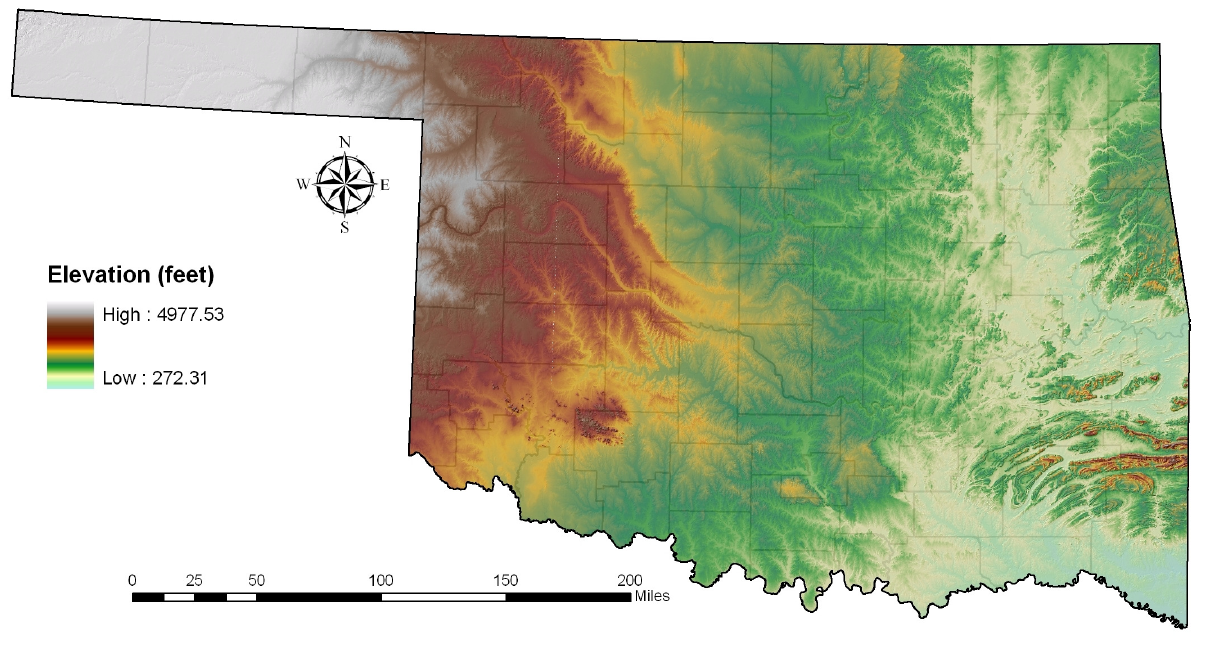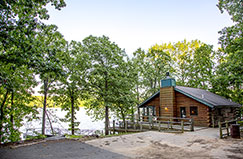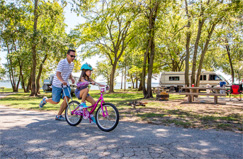Oklahoma destinations, parks and attractions
Are you going on a road trip to Oklahoma, looking for tips about the destinations so you and your party can enjoy it, be comfortable and not spend a fortune?
Here are some of the top destinations in Oklahoma and tips about visiting them
National parks and monuments in Oklahoma
- Chickasaw National Recreation Area,
Sulphur, OK.
Springs, streams, lakes - whatever its form, water is the attraction at Chickasaw National Recreation Area.

- Fort Smith National Historic Site,
Fort Smith, AR,OK.
Explore life on the edge of frontier and Indian Territory through the stories of soldiers, the Trail of Tears, scandals, outlaws, and lawmen who pursued them. From the establishment of the first Fort Smith on December 25, 1817, to the final days of Judge Isaac C. Parker's jurisdiction over Indian Territory in 1896, Fort Smith National Historic Site preserves almost 80 years of history.

- Oklahoma City National Memorial,
Oklahoma City, OK.
The outdoor symbolic memorial is a place of quiet reflection, honoring victims, survivors, rescuers, and all who were changed forever on April 19, 1995. It encompasses the now sacred soil where the Alfred P. Murrah Federal Building once stood, capturing and preserving forever the place and events that changed the world.

- Santa Fe National Historic Trail,
CO,KS,MO,NM,OK.
You can almost hear the whoops and cries of "All's set!" as trail hands hitched their oxen to freight wagons carrying cargo between western Missouri and Santa Fe, New Mexico. Follow the Santa Fe National Historic Trail through five states and you'll find adventure and evidence of past travelers who made this remarkable trip before you!

- Trail Of Tears National Historic Trail,
AL,AR,GA,IL,KY,MO,NC,OK,TN.
Remember and commemorate the survival of the Cherokee people, forcefully removed from their homelands in Georgia, Alabama, and Tennessee to live in Indian Territory, now Oklahoma. They traveled by foot, horse, wagon, or steamboat in 1838-1839.

- Washita Battlefield National Historic Site,
Cheyenne, OK.
On November 27, 1868, Lt. Colonel George Armstrong Custer led the 7th US Cavalry on a surprise dawn attack on a Cheyenne village led by Peace Chief Black Kettle. The event was an example of the tragic clash of cultures that occurred during the Great Plains Wars. It is also a place of remembrance and reflection for those who died here.
Oklahoma State parks and historic sites
-
- Alabaster Caverns
- Arrowhead at Lake Eufaula
- Beavers Bend
- Black Mesa
- Boiling Springs
- Cherokee Landing
- Clayton Lake
- Fort Cobb
- Foss
- Gloss Mountain
- Grand Lake: Bernice
- Grand Lake: Cherokee
- Grand Lake: Disney
- Grand Lake: Honey Creek
- Grand Lake: Little Blue
- Grand Lake: Spavinaw
- Grand Lake: Twin Bridges
- Great Plains
- Greenleaf
- Keystone
- Lake Eufaula
- Lake Murray
- Lake Texoma
- Lake Thunderbird
- Lake Wister
- Little Sahara
- McGee Creek
- Natural Falls
- Osage Hills
- Quartz Mountain
- Raymond Gary
- Robbers Cave
- Roman Nose
- Salt Plains
- Sequoyah
- Sequoyah Bay
- Talimena
- Tenkiller
Oklahoma Seasons, bugs, topography and climate
Oklahoma's climate ranges from humid subtropical in the east to semi-arid in the west. Warm, moist air moving northward from the Gulf of Mexico
often exerts much influence, particularly over the southern and eastern portions of the state, where humidity, cloudiness and precipitation are
resultantly greater than in western and northern sections. Summers are long and usually quite hot. Winters are shorter and less severe than those of
the more northern Plains states. Periods of extreme cold are infrequent, and those lasting more than a few days are rare.
The following
sections highlight some of these variables and associated events.
Temperature
The mean annual temperature over the state ranges from 62 deg F along the Red River to about 58 deg F along the northern border (Figure 2). It then
decreases westward to 56 deg F in Cimarron County.
Temperatures of 90 deg F or greater occur, on average, about 60-65 days per year in the
western panhandle and the northeast corner of the state. The average is about 115 days in southwest Oklahoma and about 85 days in the southeast.
Temperatures of 100 deg F or higher occur, frequently during some years, from May through September, and very rarely in April and October. t.
The highest temperature ever recorded in the state was 120°F. This reading was first observed during the brutally hot summer of 1936: at Alva on July 18, at Altus on both July 19 and August 12, and at Poteau on August 10. In addition, Tishomingo observed 120°F on July 26, 1943.
Oklahoma Camping tips
Whether you're a glamper or take a more rustic approach to camping, find your perfect accommodations at one of our 33 state parks. Follow the links below and book your lodge, cabin, RV pad or camping site. And don’t forget your clubs - while you're here go ahead and book a round or three at one of our world class golf courses.
There are both state parks and private campgrounds in Oklahoma.

.png)

